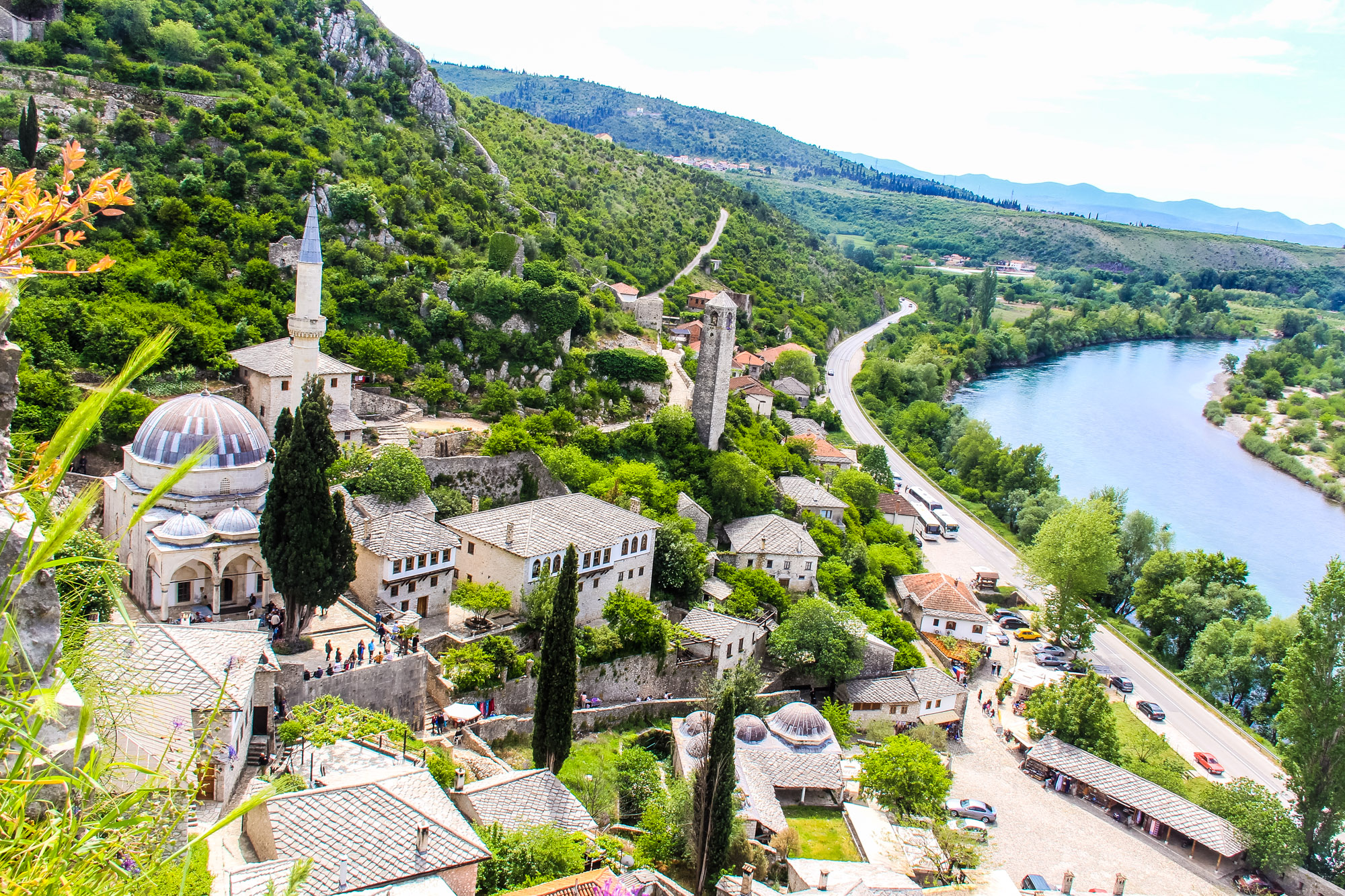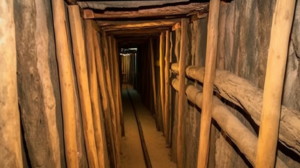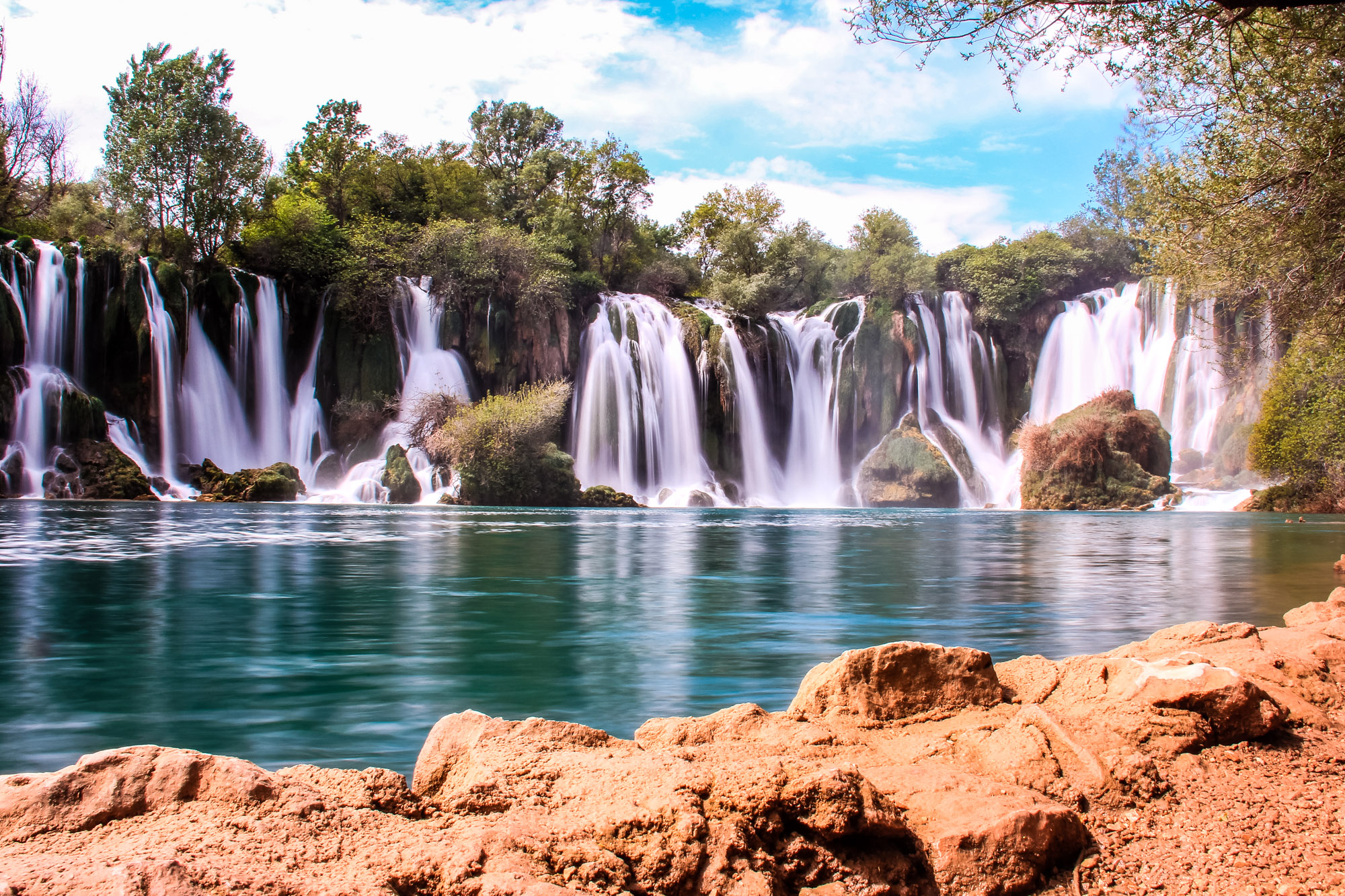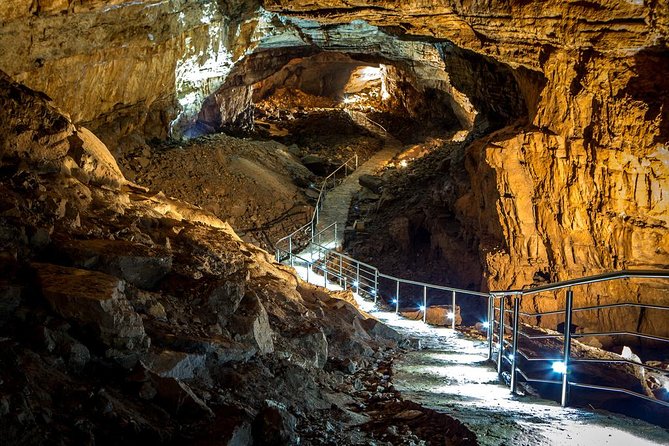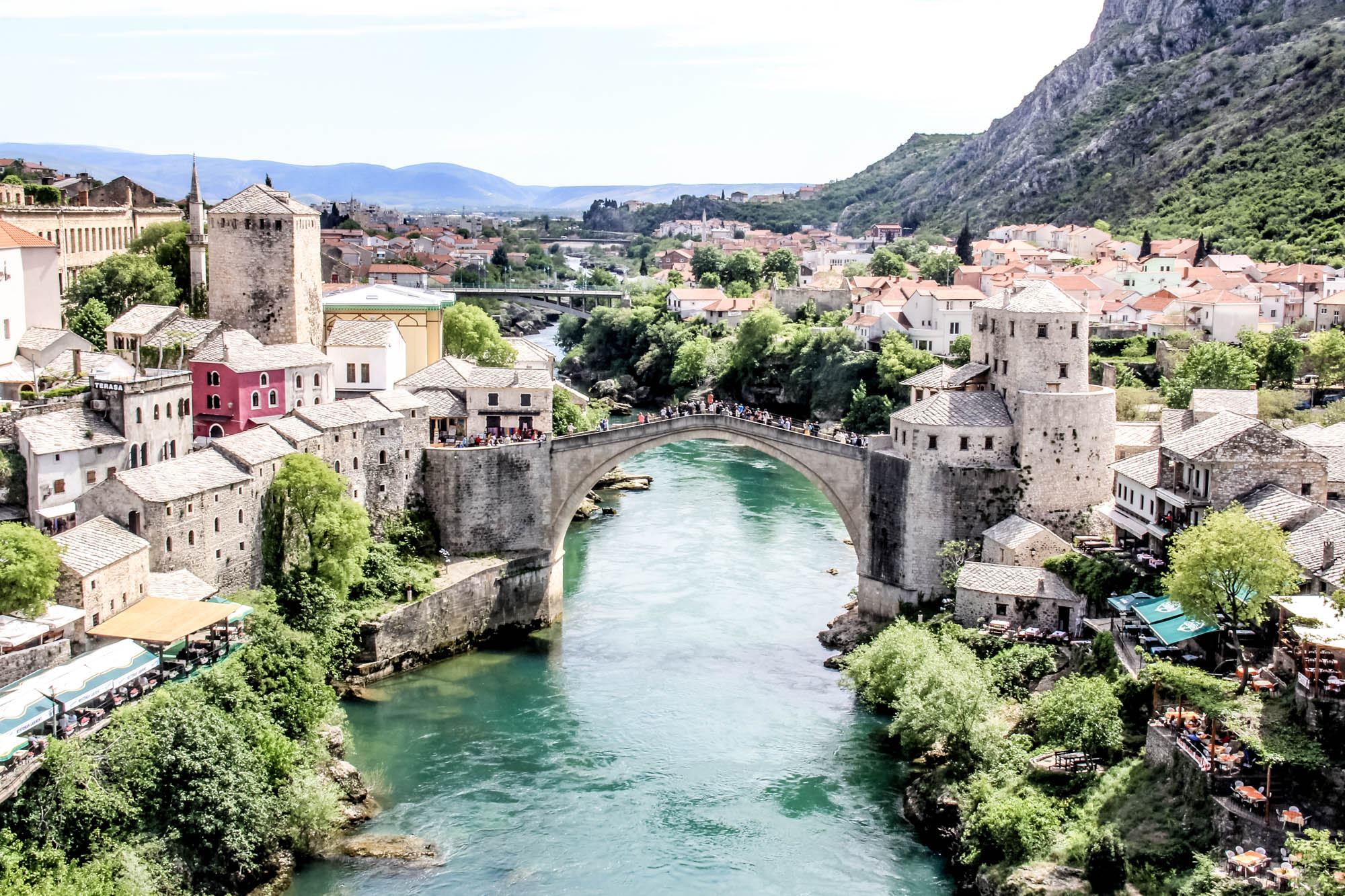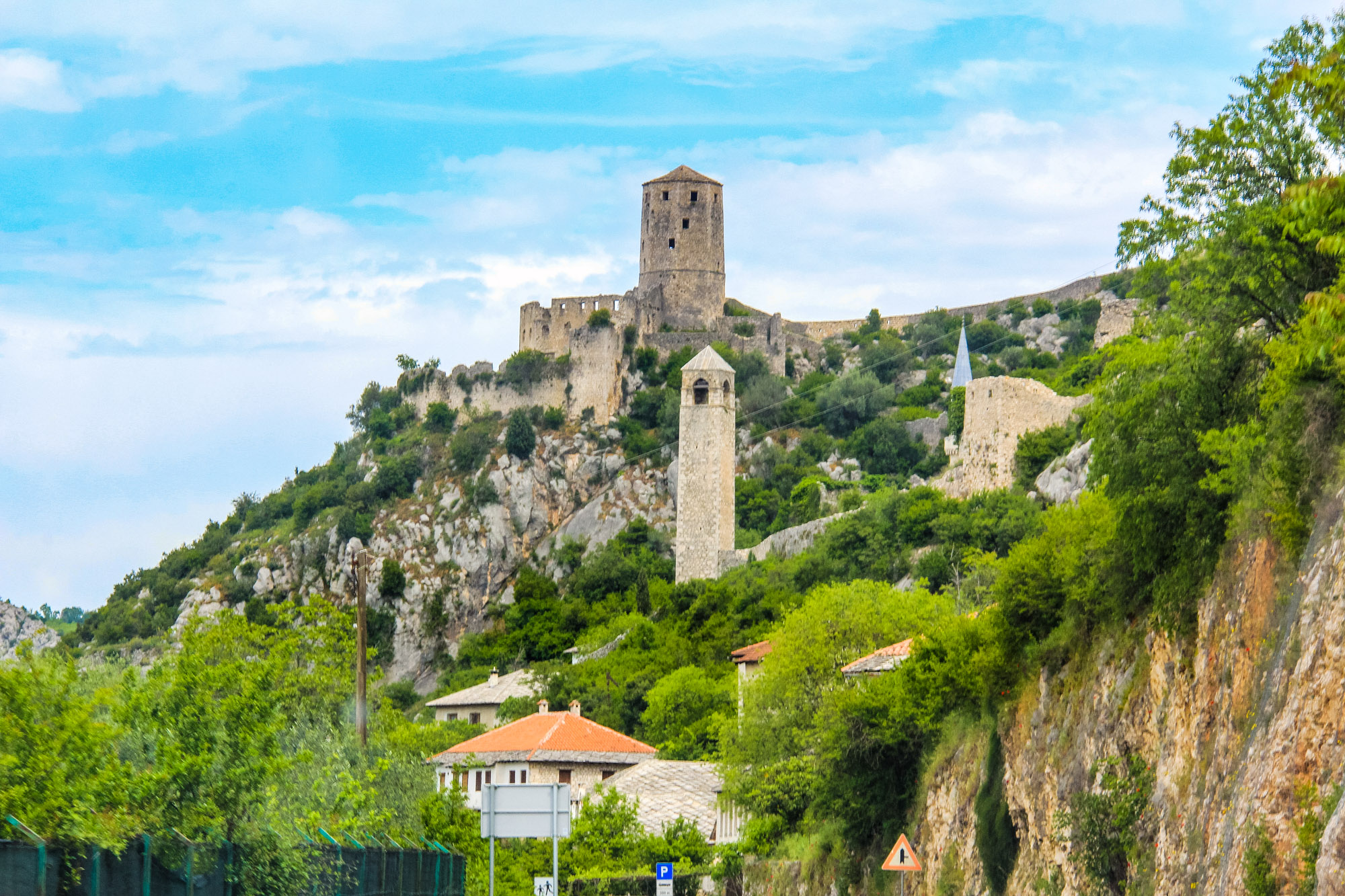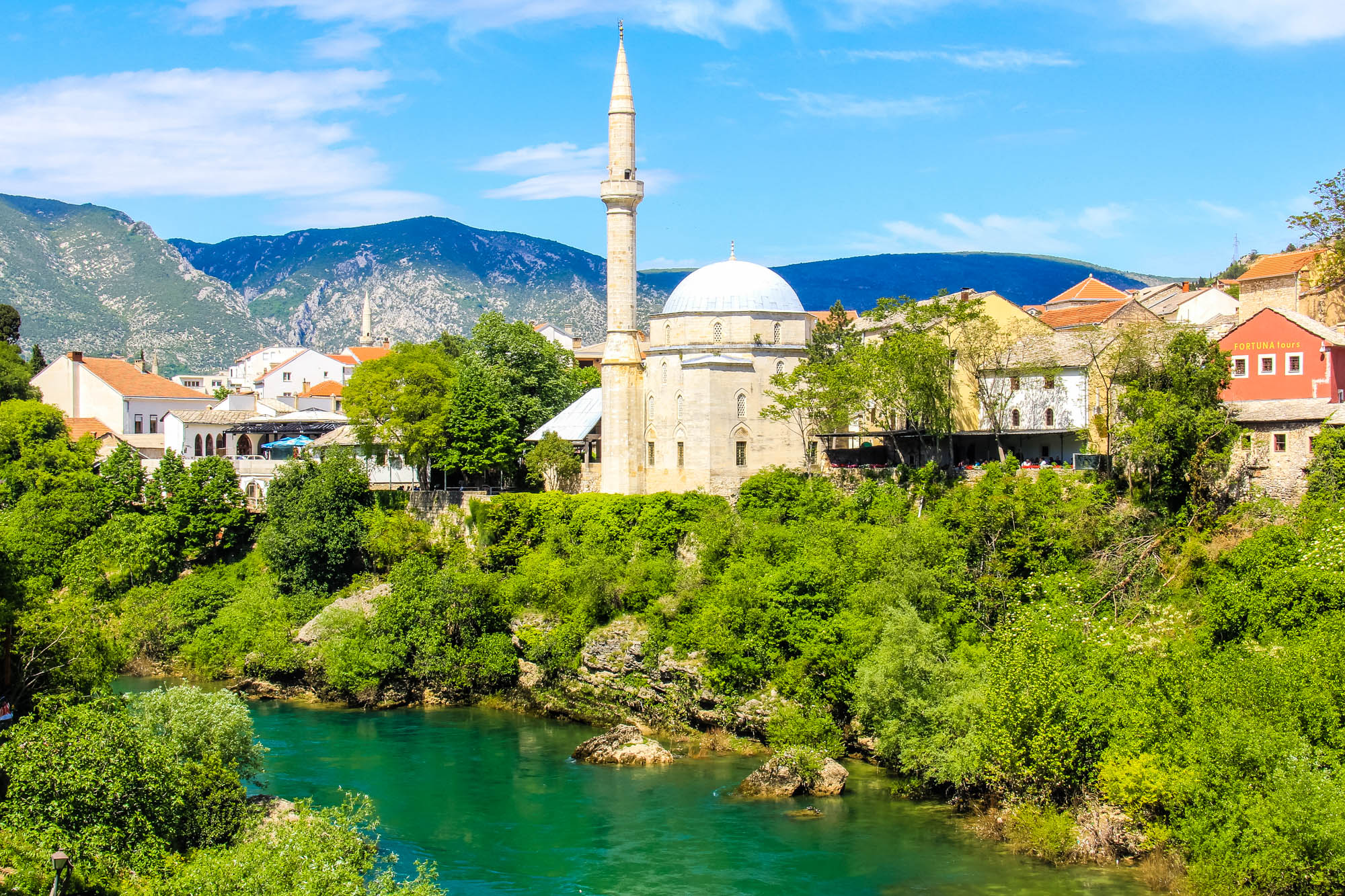Bosnia And Herzegovina Travel Guide: Overview
Perfect for adventurers, Bosnia and Herzegovina is a country with a delightful fusion of East and West in the heart of the Balkans. The country is most captivating for its East-meets-West surroundings, which have been blended with Ottoman and Austro-Hungarian pasts. With an abundance of medieval ruins, unique towns and cities, stunning mountains, waterfalls, and rivers, Bosnia and Herzegovina have plenty of major draw cards for all travelers. This brief Bosnia and Herzegovina Travel Guide will provide you with an overview of the country as well as suggestions for things to see and do.
Bosnia And Herzegovina Travel Guide: When to Visit
Summers throughout the whole country are hot and dry. Bosnia enjoys cool evenings in the mountainous regions, whereas Herzegovina has an arid Mediterranean climate that makes summer sunny and hot. The high season for touring Bosnia-Herzegovina is the summer season (July–August). However, the prices of accommodation and food have doubled. For hiking, the best time to go to Bosnia-Herzegovina is May, June, or September, as it is less hot.
If you are planning a trip to Bosnia and Herzegovina, it is crucial to consider the weather and other factors to ensure an enjoyable experience. The country experiences a diverse climate due to its geographical location and varying landscape. Here are some details about the different seasons and the best time to visit this beautiful Balkan destination.
Spring (March to May)
Spring is an ideal time to visit Bosnia and Herzegovina as the weather starts to warm up, and nature comes alive with blooming flowers and lush greenery. The temperatures are mild, ranging from 10°C to 20°C (50°F to 68°F), making it perfect for outdoor activities and exploring the country’s stunning landscapes. It is a great time for hiking, cycling, and visiting national parks such as Sutjeska National Park and Una National Park.
Summer (June to August)
Summer is the peak tourist season in Bosnia and Herzegovina. The weather is pleasantly warm, with temperatures ranging from 25°C to 35°C (77°F to 95°F). This is the best time to explore the capital city of Sarajevo, swim in the stunning beaches of the Adriatic Sea, or enjoy various water sports on the picturesque rivers and lakes. However, be prepared for larger crowds and higher accommodation rates during this period.
Fall (September to November)
Autumn in Bosnia and Herzegovina is characterized by mild temperatures and stunning fall foliage. The temperatures range from 10°C to 20°C (50°F to 68°F) during September and October, gradually cooling down in November. Autumn is an excellent time to visit historic towns like Mostar, enjoy hiking in Velez Mountain, or explore the traditional markets filled with local produce. Do keep in mind that the weather can be quite variable during this season, so make sure to pack layers.
Winter (December to February)
Winter transforms Bosnia and Herzegovina into a winter wonderland, particularly in the mountainous regions. The temperatures drop significantly, ranging from -5°C to 5°C (23°F to 41°F), creating the perfect conditions for skiing and snowboarding. Popular ski resorts like Jahorina and Bjelašnica attract winter sports enthusiasts from all over the world. Don’t forget to explore charming cities like Banja Luka and enjoy warm cups of Bosnian coffee to combat the cold.
Bosnia And Herzegovina Travel Guide: How to Reach Bosnia And Herzegovina
Given the past war, most of the rail lines between Bosnia and Herzegovina are closed. As such, accessing the country by train is fairly difficult. There are currently no trains from Belgrade or Budapest into Bosnia. However, there is a daily train service from Zagreb in Croatia, which runs through Sarajevo and Mostar en route to Ploe. Currently, there are a few direct flights to
Sarajevo (SJJ) from European cities such as Brussels, Zagreb, Copenhagen, etc. Numerous bus connections are available, and points of origin include Belgrade, Split, and Dubrovnik. Another alternative is doing
a day tour from Croatia.
Bosnia And Herzegovina Travel Guide: Getting Around
Given that much of its transport infrastructure – particularly the rail network – was damaged during the war, Bosnia-Herzegovina isn’t the easiest country to get around. However, things are improving. The train services available have limited routes and are often out of service. However, between cities, they cost 1-2 EUR more than the bus services. The bus service is more frequent compared to the train service. Decent bus services are almost everywhere to take you where you wish to go. The average cost of buses and streetcars is 1–2 EUR.
Bosnia And Herzegovina Travel Guide: Top Destinations
Sarajevo
This vibrant capital of Bosnia and Herzegovina is a city that embraces life. Its historic center blends East and West. Tourists can feel they’re in Vienna one minute and Istanbul the next.
Banja Luka
Known for its tree-lined avenues, gardens, parks, and boulevards, Banja Luka has a rich culture and is an important tourist center. Several museums, like the Museum of Bosanska Krajina, the Museum of Modern Art of Republika Srpska, and others, are located in Banja Luka.
Tuzla
This city is one of the country’s most multicultural and thus has a rich and eclectic culture. Europe’s only salt lake is located in the city and is visited by nearly 100,000 people per year.
Mostar
This is the fifth-largest city in Bosnia and Herzegovina and spans both sides of the Neretva River. Mostar is one of Bosnia and Herzegovina’s most spectacular cities, with prime Ottoman-era architecture and its famous Stari Most (Old Bridge).
Trebinje
One of the real gems of the Republika Srpska side of Bosnia Herzegovina, Trebinje reflects beautifully against the waters of the winding Trebisnjica River as it cuts through the heart of the city’s historic centre. There’s also the pretty arched bridge of Arslanagic to see on the edge of town, along with a gorgeous Serbian Orthodox cathedral on the ridges above.
Stolac
Considered to be one of the most beautiful places to see, Stolac is filled with amazing must-see sights such as Roman Diluntum and the haunting tombstones of the Radimlja necropolis.
Bosnia And Herzegovina Travel Guide: Travel Tips
Do bring cash and some coins. Bosnia is a cash-based society. At ATMs, you can expect to pay up to 7% in fees, conversions, and commissions. Not all places accept credit cards. Ensure you bring cash.
Bring a map and follow the marked signs. While on most excursions, especially the National Parks in Bosnia & Herzegovina, be aware of your surroundings as it is easy to get engrossed in the views and natural surroundings.
Take a stroll in Mostar. As the fifth-largest city in Bosnia and Herzegovina, this city has an interesting history as well as a striking layout.
Do go on a spiritual journey to Medjugorje. Medjugorje is the city in Bosnia and Herzegovina for relaxation, religious reflection, and cultural sightseeing. Visit the Apparition Hill, where Mary was reported to have been seen and St. James Church in Medjugorje for a moving service in a beautiful setting.
Don’t rely on people accepting foreign currency. Tourists are allowed to pay in USD or Euros, but at an unfavorable exchange rate. As such, do convert your money to the official Bosnian currency, Bosnia is the Convertible Mark (BAM). If you do need to change more, several exchange offices are along Ferhadija Street.
Take a free walking tour. Free walking tours are available in Sarajevo and Mostar. Always go on tours with local guides. They will take you around these areas while explaining the main sights in a historical and cultural context.
Don’t expect great road conditions and great speeds while driving. Owing to the mountainous terrain and the poor infrastructure maintenance, patches of labored driving are bound to be there.
Don’t forget your camera when you visit Sutjeska National Park. One of the oldest parks in Bosnia and Herzegovina and a perfect tourist attraction, this park will introduce you to nature and draw you closer to its warmth.
Don’t be afraid of Bosnia’s past. Once a country at war, there are still signs of the war all around the country. However, there is really nothing to fear these days. In fact, the people are really friendly and lovely.
Tipping: Tipping is not obligatory in Bosnia, but it is appreciated. If you receive good service, leaving a small tip, around 10% of the bill, is customary.
Must-Try Foods and Drinks in Bosnia and Herzegovina
Foods
When visiting Bosnia and Herzegovina, you simply cannot miss the opportunity to indulge in these mouthwatering traditional dishes:
Cevapi
Cevapi is the undisputed star of Bosnian cuisine. These juicy, hand-rolled beef or lamb sausages are typically served with fluffy somun bread, onions, and a side of creamy kajmak. Bursting with flavors, this dish is a true local favorite.
Burek
Burek is a beloved Bosnian pastry that is typically filled with meat (mesni burek), cheese (sirnica), or spinach (zeljanica). This flaky and savory snack is a staple in Bosnian bakeries and makes for a perfect on-the-go treat.
Bosanski Lonac
Bosanski Lonac, or Bosnian pot, is a hearty meat stew prepared with an assortment of vegetables. This slow-cooked dish showcases the rich flavors of the region and is known for its comforting and robust taste.
Klepe
Klepe are Bosnian dumplings filled with savory ingredients such as beef, cheese, or potato. These delightful bite-sized parcels are often topped with a dollop of sour cream and sprinkled with paprika for an extra kick of flavor.
Baklava
To satisfy your sweet tooth, don’t miss out on trying Bosnian baklava. This rich and syrupy pastry is made with layers of filo dough, nuts, and honey, creating a deliciously sweet treat that is sure to leave you craving more.
Drinks
Refresh and quench your thirst with these traditional Bosnian beverages:
Rakija
Rakija is a strong fruit brandy that holds a special place in Bosnian culture. Typically made from plums, this potent liquor is served as an aperitif or digestive, and its distinct taste is sure to leave a lasting impression.
Boza
Boza is a popular Bosnian non-alcoholic beverage made from fermented wheat or barley. This thick and slightly sour drink is often sweetened with sugar and garnished with a sprinkle of cinnamon or roasted chickpeas.
Turkish Coffee
Bosnia and Herzegovina’s coffee culture is deeply rooted in its Ottoman heritage. Savor a cup of strong, aromatic Turkish coffee, traditionally brewed in a copper pot (dzezva), and immerse yourself in the rich history and social significance of this cherished drink.
Bosnia And Herzegovina Travel Guide: Typical Costs
Accommodation
- Budget: Hostels and budget guesthouses range from $12 – $24 per night. For example, in Sarajevo, you can find a dorm bed in a centrally located hostel for about $12-18.
- Mid-Range: Mid-range hotels and private accommodations (like Airbnbs) generally cost between $36 – $73 per night. This range typically includes 3-star hotels or well-located private accommodations.
- Luxury: Luxury hotels and premium vacation rentals range from $91 to $183+ per night. High-end hotels in Sarajevo or Mostar, like the Hotel Europe or Mepas Hotel, can reach upwards of $122 per night for a deluxe room.
Food
- Budget: Budget dining options, including street food and small local eateries, can cost between $1.8 – $6 per meal. For instance, a classic Bosnian dish like cevapi (grilled meat) can cost as low as $1.8-3 in a local eatery.
- Mid-Range: A meal at a mid-range restaurant can cost between $9 – $18. This range includes places where you can get a main course and a drink, or a multi-course meal at a local restaurant.
- Luxury: High-end dining at the best restaurants can cost $30+ per person. This includes places like 4 Sobe Gospodje Safije in Sarajevo, where a three-course meal can easily reach $43 or more.
Transportation
- Budget: Budget travelers can rely on public transportation, with city bus/tram tickets costing around $1 per ride. Intercity buses are also an affordable way to travel, with tickets usually ranging from $6 – $18, depending on the distance.
- Mid-Range: For those who want a bit more convenience, taxis and car rentals are available. Taxi fares typically start around $0.91 and then $0.61 for each subsequent kilometer. Car rentals can cost from $30 per day.
- Luxury: For luxury transportation, consider hiring a private car or a chauffeur service. These services are variable in price, starting from around $61 for a short journey to $183+ for a full day.


